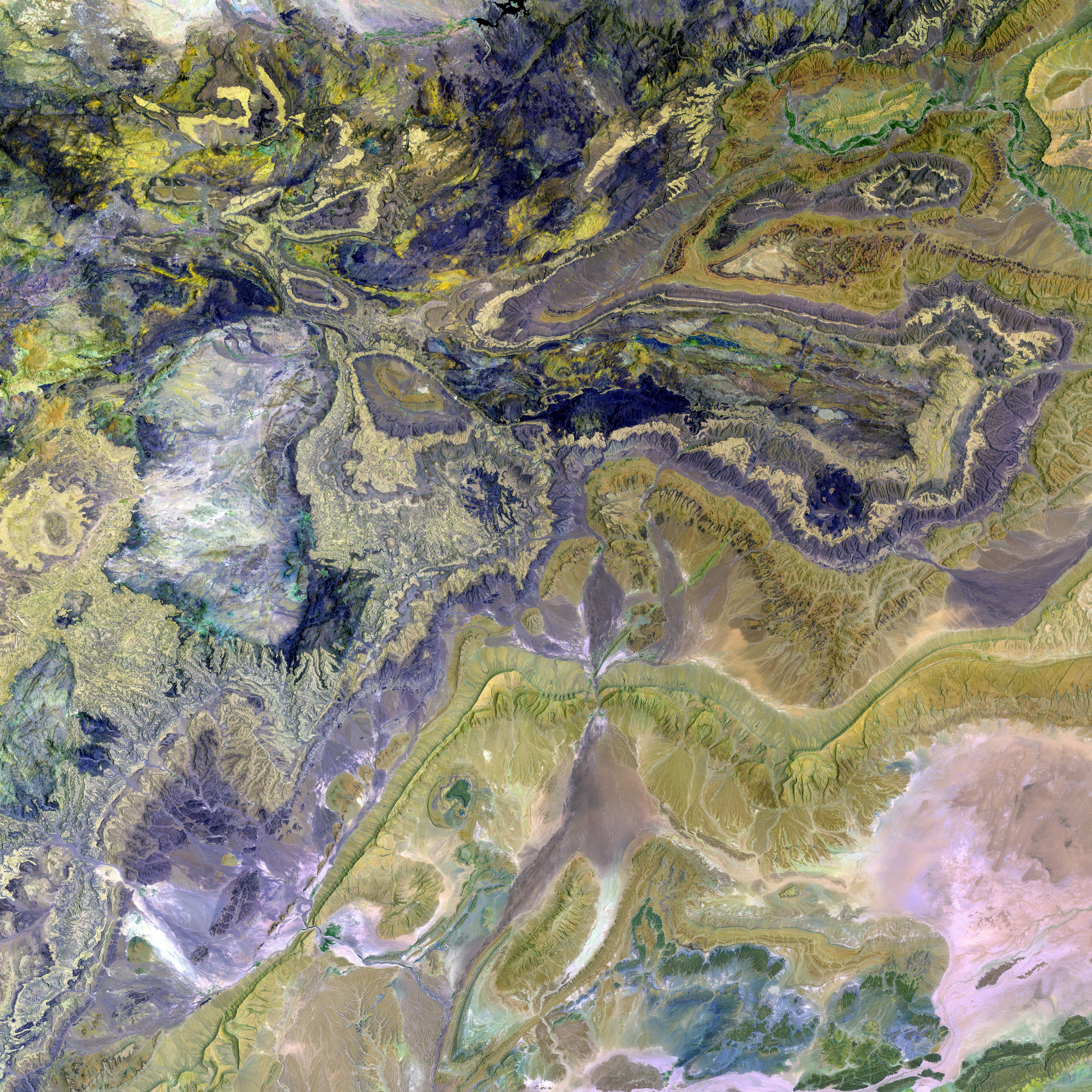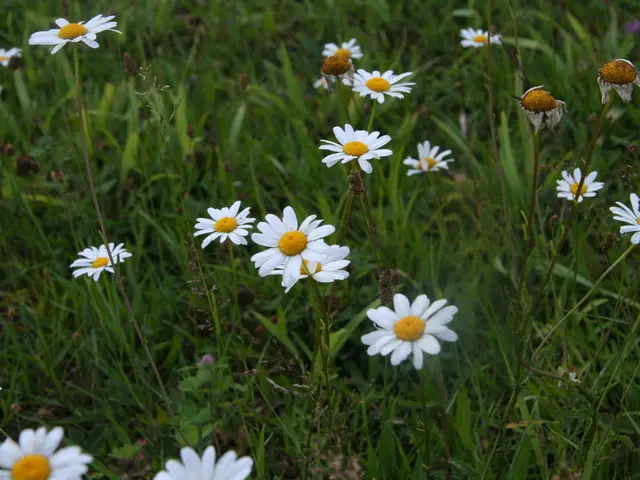Dietary Preferences of Deer Throughout the Year
Deer Diet: An In-Depth Examination of Preferred Foods and Seasonal Shifts
Mule deer and white-tailed deer are established herbivores with dietary preferences that vary seasonally, mirroring the growth cycles and nutritional requirements of their food sources.
Summer Diet
In the summer months, a deer's diet primarily consists of green forage, such as grasses, forbs (leafy and flowering plants like dandelion, mountain bluebell, and clover), and the new growth of trees and shrubs. Soft fruits, mushrooms, and tender shoots also supplement their diet, offering easily digestible nutrients necessary for rebuilding body weight post-winter.
Spring and Winter Diet
During spring, as snow melts and reveals fresh shoots, deer migrate to higher elevations where new plant growth is more abundant. Their diet transitions to grasses and early forbs, following the emergence of these nutritious sources.
When cold weather arrives, food sources become scarce, prompting deer to feed on woody browse, twigs, buds, acorns, and other hard and soft mast. Winter habitat favorites like white cedar and other species play a crucial role in sustaining deer populations through lean months.
Agricultural Crops and Food Plots
While agricultural crops often attract deer, their feeding can occasionally disturb digestion, especially when unnatural food types are introduced too quickly. Landowners may establish food plots, carefully tending to plant species preferred by deer, to augment natural resources and ensure healthy year-round nutrition, particularly in areas where food sources are scarce.
Selective Feeding
With narrow snouts and specialized digestive systems, deer exhibit a high degree of selectivity in their diet. They focus on consuming plant parts with low fiber and high protein, digestible energy, and essential nutrients, primarily young, succulent shoots and leaves.
Understanding a deer's diet and seasonal food preferences helps wildlife biologists manage natural resources effectively and maintain healthy deer populations. This knowledge informs resource allocation and conservation measures, ensuring a balanced ecosystem and a thriving deer population.
Reference:- [1] Hudson, P. & Garrott, H.H. (2002). Whitetail Habitat Management. Triple Oak Press.- [2] Main, A.A. (2013). White-tailed Deer: Biology and Management. Springer Science & Business Media.- [3] Knight, D.B., et al. (1990). Survival and productivity of adult white-tailed deer in response to food limitation and winter severity. Wildlife Society Bulletin, 14(3), 341-347.- [4] Johnson, R.H. & Knight, D.B. (1982). Food selectivity of mule deer males and females in Colorado. Western North American Naturalist, 42(4), 719-726.
- In addition to natural forage, technology can be leveraged to optimize home-and-garden spaces, creating food plots that cater to deer's dietary needs, enhancing their lifestyle and contributing to a balanced environment.
- As more people grow appreciative of gardening and the importance of sustaining local ecosystems, environmentally friendly home-and-garden practices that promote the thriving of deer populations, such as planting preferred food sources, will become an essential part of the lifestyle for many individuals.








